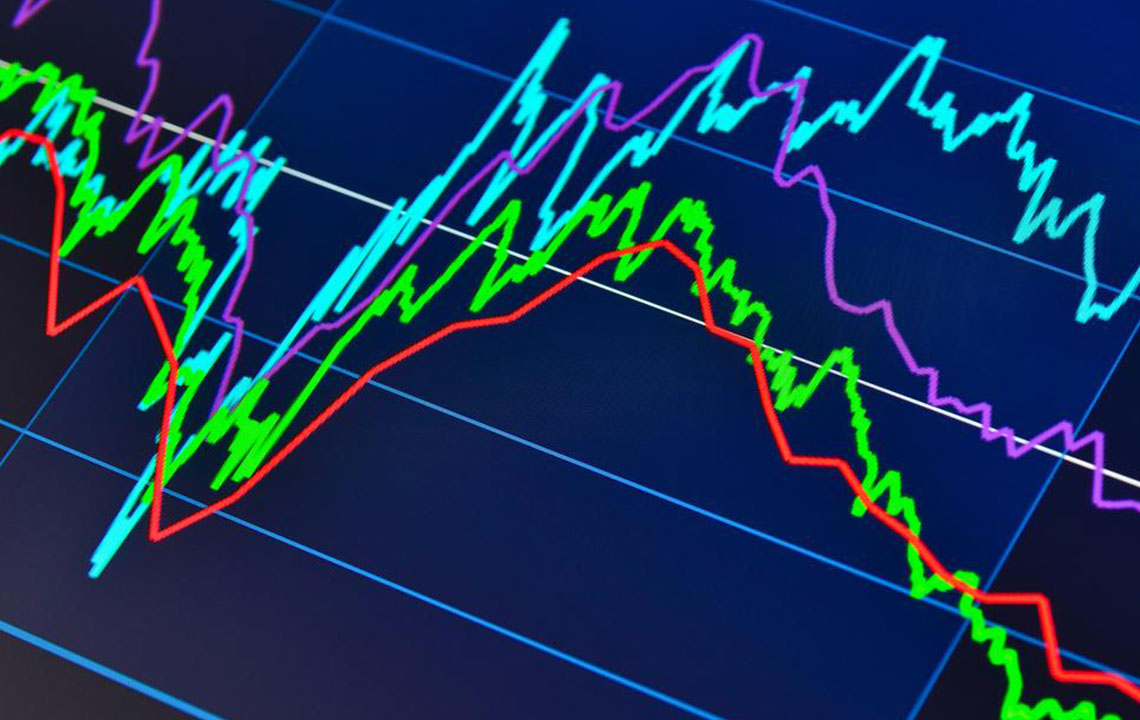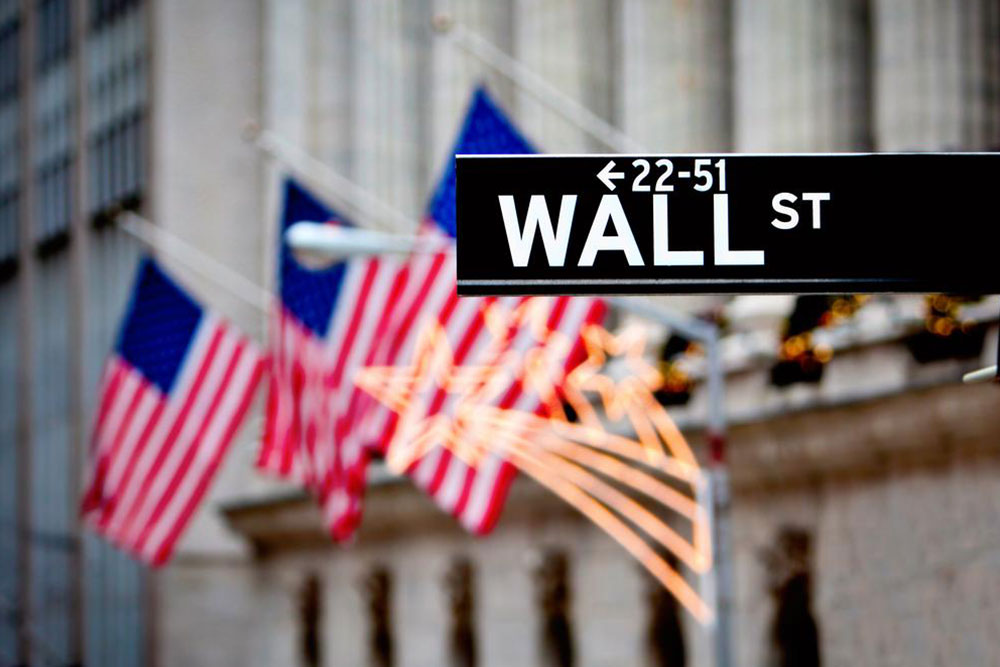Major Historical Stock Market Crashes in the United States: A Comprehensive Overview
This comprehensive article explores major stock market crashes in U.S. history, including the 1929 crash, Black Monday, the dot-com bubble burst, and the 2010 flash crash. It highlights causes, impacts, and lessons learned from each downturn, providing valuable insights for investors, regulators, and financial enthusiasts. Understanding these historical events helps in recognizing market vulnerabilities and implementing strategies to prevent similar collapses in the future, contributing to greater stability and confidence in financial markets.

Understanding Significant Stock Market Crashes in U.S. Financial History
The history of the United States stock market is marked by several dramatic crashes that have profoundly impacted the nation's economy and global financial stability. These crashes often stemmed from speculative bubbles across diverse sectors such as technology, real estate, and finance, causing billions of dollars in losses and reshaping economic policies. Analyzing these significant downturns offers insight into market vulnerabilities and lessons for investors and policymakers alike. In this comprehensive overview, we delve into five of the most impactful stock market collapses that have defined American economic history, each with unique causes, consequences, and lessons learned.
The 1929 Stock Market Crash – The End of an Era: The most notorious and consequential of all crashes, Black Tuesday on October 29, 1929, marked the sudden and devastating collapse of the U.S. stock market, signalling the beginning of the Great Depression. The 1920s, often called the Roaring Twenties, was characterized by rampant speculation and exuberance in the stock markets. Investors engaged heavily in margin trading, buying stocks with borrowed money, which amplified gains but also risks. As stocks reached unsustainable heights driven by hype and overconfidence, minor economic shifts triggered a rapid sell-off. The market plummeted precipitously, wiping out millions of dollars in wealth overnight. The fallout was catastrophic, leading to widespread bank failures, massive unemployment, and a decade-long economic downturn. The 1929 crash exposed weaknesses in financial regulation and prompted major reforms in monetary policy and banking systems.
The 1869 Gold and Stock Crash – Post-Civil War Turmoil: Just after the tumultuous Civil War era, the United States faced significant economic upheaval. The government’s efforts at reconstruction strained public finances, leading to a speculative frenzy in gold and stocks. Investor figures such as Jay Gould and James Fisk sought to manipulate the market, attempting to corner the gold supply to influence prices favorably. Their schemes caused gold prices to soar, creating an artificial bubble supported by speculation. In 1869, the bubble burst unexpectedly, with gold and stocks collapsing in value, causing significant financial losses. President Ulysses Grant’s attempts to stabilize the economy failed to prevent widespread market panic, highlighting the vulnerabilities of an economy heavily dependent on speculative activities and unregulated markets.
The 1987 Black Monday – The Largest Single-Day Drop: On October 19, 1987, stock markets around the world experienced a sudden and dramatic collapse, with the Dow Jones Industrial Average dropping by 22.6%. Known as Black Monday, this event marked the most significant one-day percentage decline in U.S. stock market history. The crash ended a bullish run that had begun in 1982, characterized by investor optimism and rapid economic growth. Several factors contributed to Black Monday, including automated trading algorithms, overvaluation of stocks, geopolitical tensions, and macroeconomic uncertainties. The crash sent shockwaves through the financial world, leading to emergency interventions by regulators and a reevaluation of trading systems. Despite the severity of the decline, markets recovered relatively quickly over the following months, but it left regulators with a more cautious approach toward high-frequency trading and market stability measures.
The Dot-com Bubble Burst of the Late 1990s and Early 2000s – Technology’s Rollercoaster: The late 1990s heralded an era of rapid technological innovation and investment, often driven by speculative enthusiasm for internet-based companies. Investments flooded into tech startups, many of which lacked solid earnings but were valued based on growth potential. The NASDAQ index soared to unprecedented heights, fueled by hype and investor optimism. However, in early 2000, reality set in as many dot-com companies failed to deliver profits, leading to a sharp correction. The NASDAQ plummeted by over 4,000 points over two years, erasing billions of dollars in market value. This collapse not only devastated investors but also prompted a reevaluation of tech industry valuations and funding practices. It marked the end of the dot-com bubble and spurred regulatory changes to prevent similar speculative excesses.
The 2010 Flash Crash – A Sudden Market Meltdown: On May 6, 2010, U.S. stock markets experienced an unprecedented and rapid decline, with the Dow Jones Industrial Average falling by almost 1,000 points within minutes. Unlike previous crashes, the flash crash was characterized by its speed and mysterious origins. High-frequency trading algorithms and automated systems played a significant role in amplifying the downward spiral. During this episode, the market quickly rebounded, but the event raised serious concerns about the fragility of modern trading infrastructure and the influence of technology. Subsequent investigations revealed vulnerabilities in the trading systems and underscored the need for enhanced safeguards to prevent similar abrupt crashes. The flash crash became a landmark case in understanding the risks associated with algorithmic trading and market volatility in the digital age.
You see, history teaches us valuable lessons about market behavior, regulatory oversight, and risk management. Each of these crashes exerted profound influence on market regulations and investor practices, prompting reforms aimed at safeguarding against future failures. The continual evolution of financial markets requires vigilance, innovation, and prudent oversight to maintain stability and confidence among participants. By studying these turbulent episodes, investors and policymakers can better navigate future uncertainties and foster a resilient financial environment.




